
Monkeypox, a rare tropical viral infection originating in Central and West Africa, began spreading globally after British health officials discovered it on May 7 in a man who had traveled to an area of Nigeria where the virus is endemic. (These are the countries reporting the most cases of monkeypox.)
Monkeypox has since spread across Europe and elsewhere, and on May 18, Massachusetts health officials announced the discovery of the virus in an adult male – the first confirmed U.S. case of the global monkeypox outbreak.
Though the virus has been found in the U.S. before, it has been extremely rare and associated with international travel or contact with imported animals. This time, the virus appears to be spreading without these factors. Though it’s not considered a sexually transmitted infection, monkeypox has mostly been transmitted in the U.S. between men who have gay sex.
On June 8, there were 40 confirmed monkeypox cases in the U.S. By June 12, that number had risen to 929, a 2,205% increase over 34 days. Most of those cases – 843 – were found in 15 U.S. states and the District of Columbia. New York, California, and Illinois each had more than 120 confirmed monkeypox cases as of July 12. In Florida, the number of people found with the virus jumped from 27 to 72 over a two-week period, a 166% increase.
The U.S. Centers for Disease Control and Prevention says monkeypox is transmitted through contact with bodily fluids, including respiratory droplets, and skin lesions of infected animals or humans. Symptoms include fever, headache, muscle aches, swollen lymph nodes, and lesions that resemble small pox. Monkeypox is fatal in 1% to 11% of people who contract the virus, according to the CDC, but the risk of infection to the general public is low. (It hardly counts as one of the 20 worst epidemics and pandemics in history.)
The U.S. government has purchased 1.1 million doses of the monkeypox vaccine from Danish vaccine manufacturer Bavarian Nordic, the Associated Press reported on June 14.
To find the states with the most monkeypox cases, 24/7 Tempo reviewed 2022 U.S. Map & Case Count of monkeypox/orthopoxvirus cases from the Centers for Disease Control and Prevention. States are ordered by the number of cases as of July 12, then by population. Population data from the U.S. Census Bureau’s American Community Survey is five-year averages for 2020.
Click here to see states with the most monkeypox cases
The number of cases two weeks prior, on June 28, are also listed, as are the number of cases on June 8, when the CDC started listing cases by state. Currently there are cases in 40 states and the District of Columbia. On June 8, only 15 states had between one to nine cases of monkeypox.

16. North Carolina
> Cases, July 12: 10
> Cases, June 28: 2
> Cases, June 8: 0
> Population, 2020: 10,386,227
[in-text-ad]

15. Indiana
> Cases, July 12: 10
> Cases, June 28: 2
> Cases, June 8: 0
> Population, 2020: 6,696,893

14. New Jersey
> Cases, July 12: 11
> Cases, June 28: 2
> Cases, June 8: 0
> Population, 2020: 8,885,418
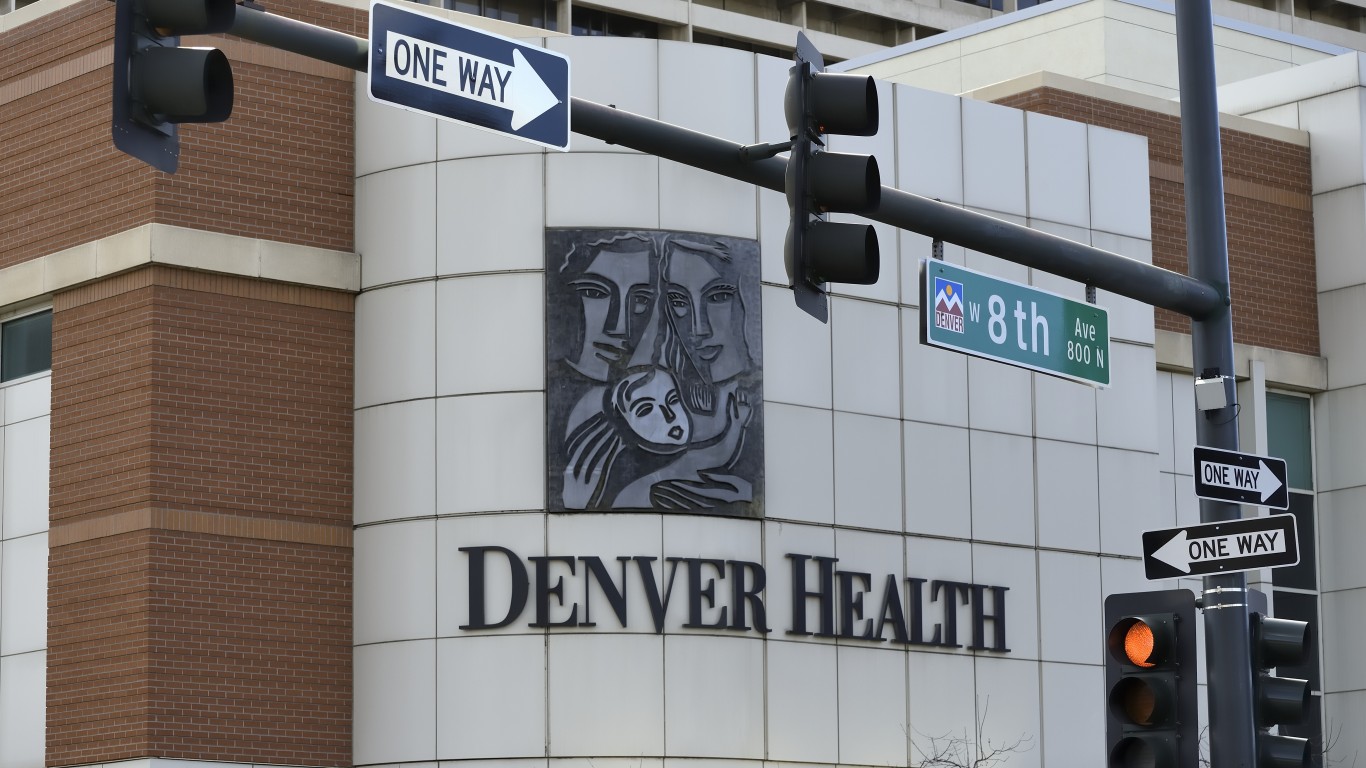
13. Colorado
> Cases, July 12: 16
> Cases, June 28: 7
> Cases, June 8: 3
> Population, 2020: 5,684,926
[in-text-ad-2]

12. Washington
> Cases, July 12: 19
> Cases, June 28: 6
> Cases, June 8: 1
> Population, 2020: 7,512,465

11. Maryland
> Cases, July 12: 22
> Cases, June 28: 5
> Cases, June 8: 0
> Population, 2020: 6,037,624
[in-text-ad]

10. Virginia
> Cases, July 12: 25
> Cases, June 28: 3
> Cases, June 8: 1
> Population, 2020: 8,509,358

9. Pennsylvania
> Cases, July 12: 29
> Cases, June 28: 4
> Cases, June 8: 1
> Population, 2020: 12,794,885

8. Texas
> Cases, July 12: 39
> Cases, June 28: 7
> Cases, June 8: 1
> Population, 2020: 28,635,442
[in-text-ad-2]
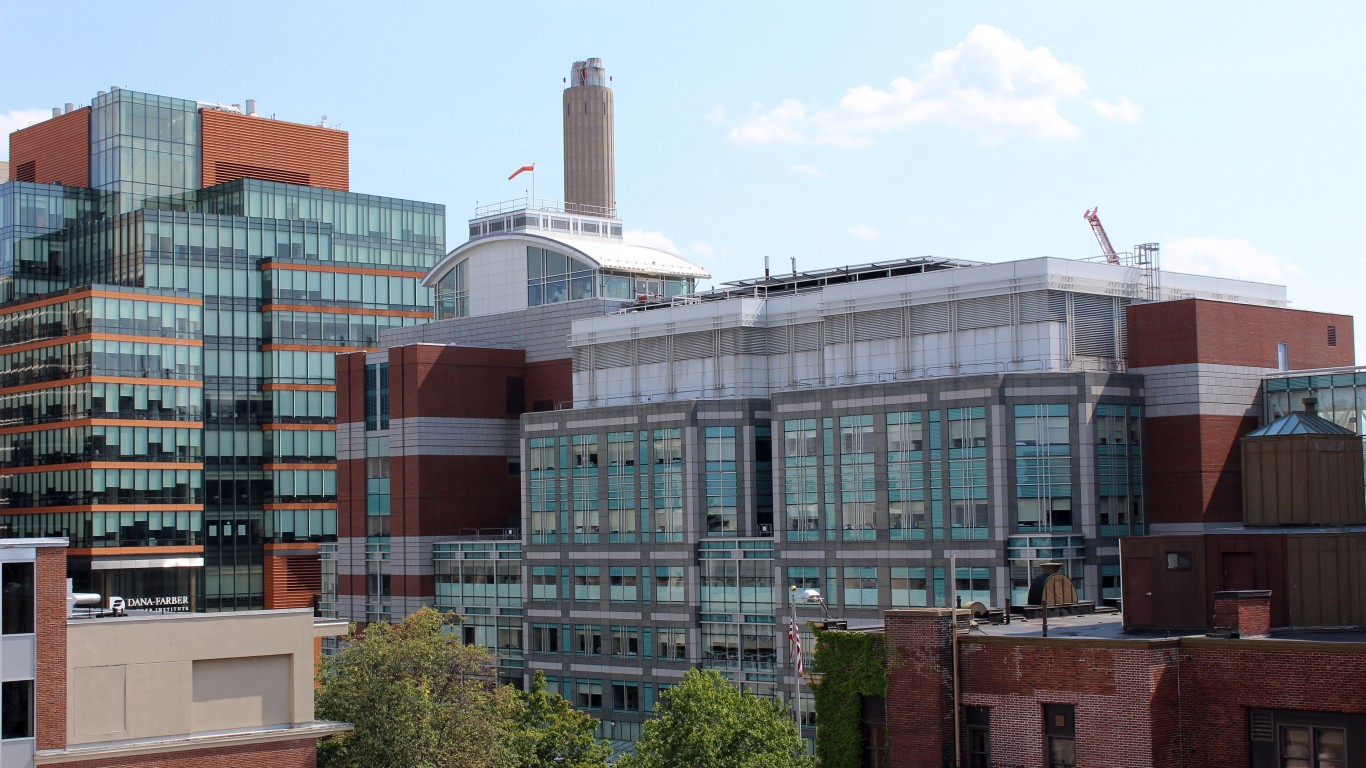
7. Massachusetts
> Cases, July 12: 44
> Cases, June 28: 13
> Cases, June 8: 0
> Population, 2020: 6,873,003

6. Georgia
> Cases, July 12: 48
> Cases, June 28: 7
> Cases, June 8: 0
> Population, 2020: 10,516,579
[in-text-ad]
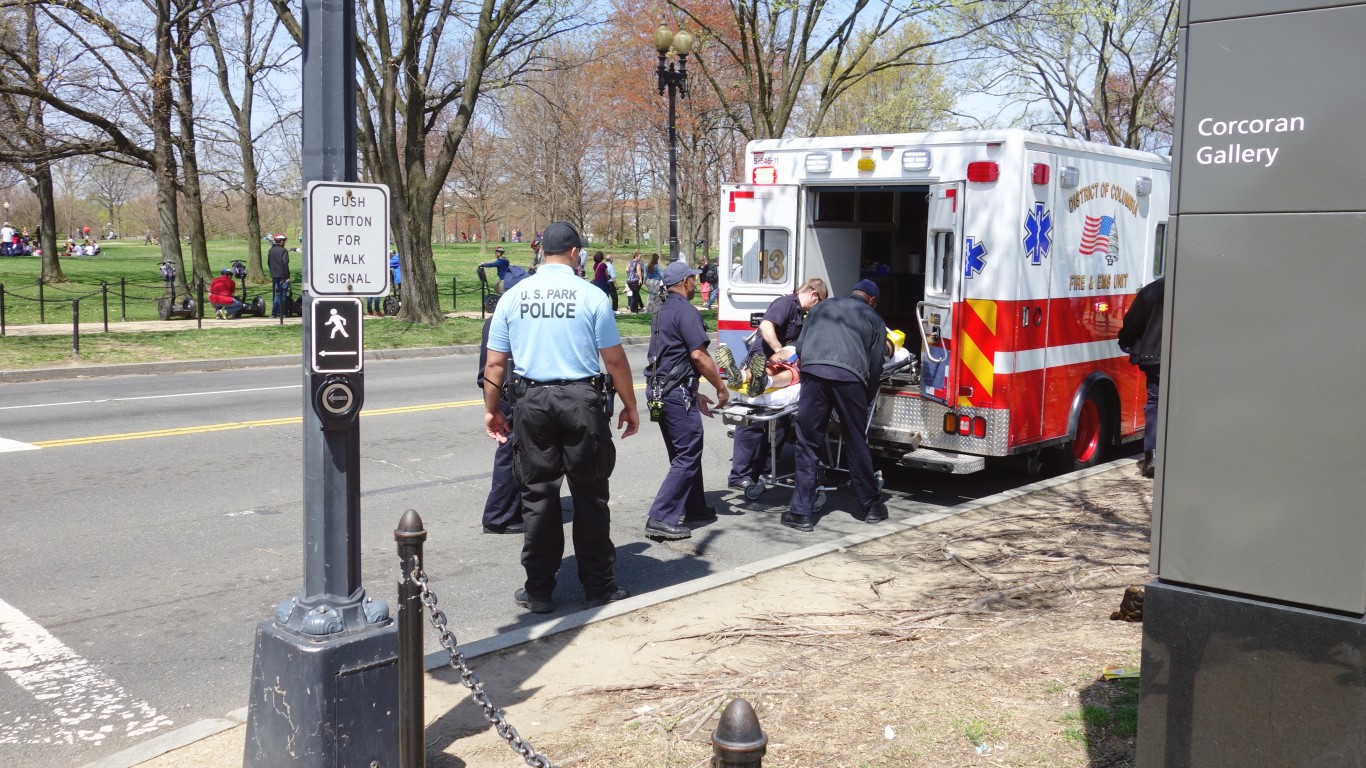
5. District of Columbia
> Cases, July 12: 69
> Cases, June 28: 20
> Cases, June 8: 0
> Population, 2020: 701,974

4. Florida
> Cases, July 12: 72
> Cases, June 28: 27
> Cases, June 8: 4
> Population, 2020: 21,216,924

3. Illinois
> Cases, July 12: 121
> Cases, June 28: 45
> Cases, June 8: 3
> Population, 2020: 12,716,164
[in-text-ad-2]
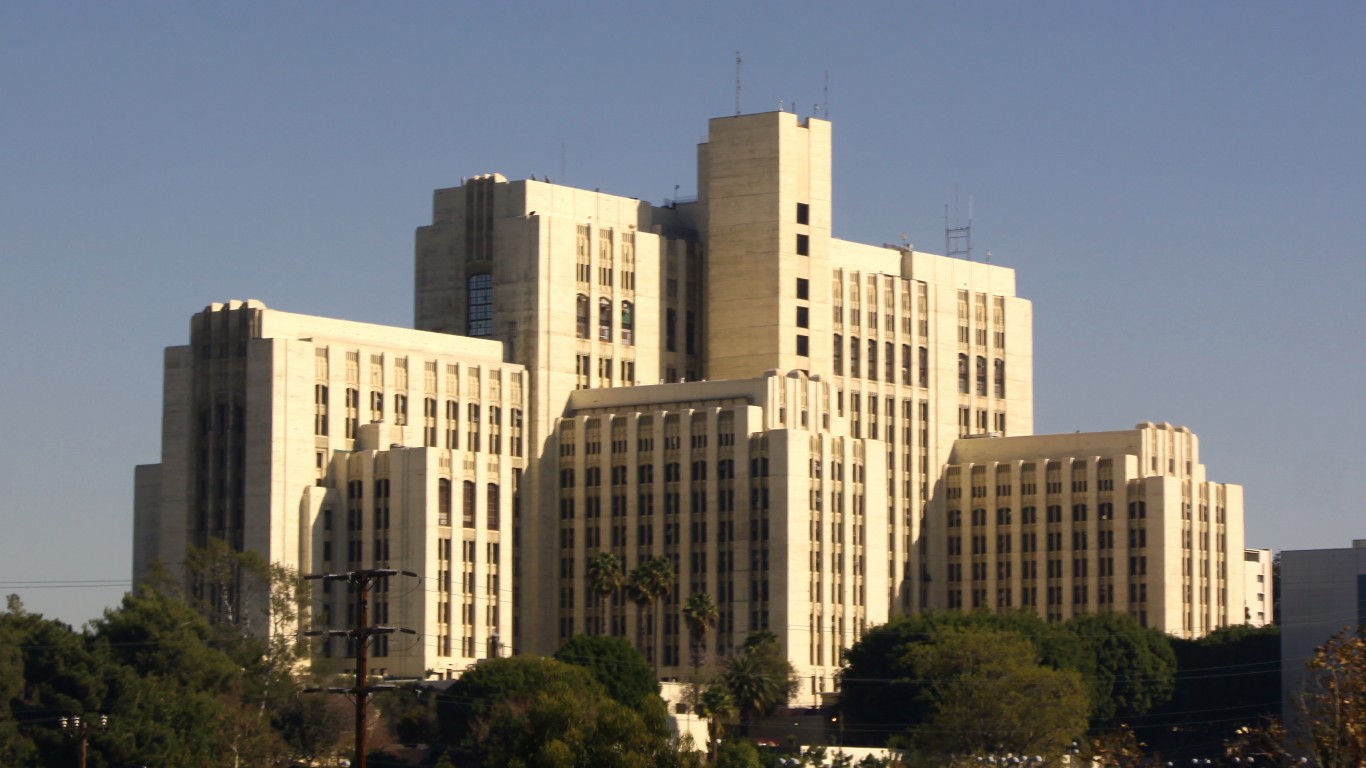
2. California
> Cases, July 12: 150
> Cases, June 28: 66
> Cases, June 8: 8
> Population, 2020: 39,346,023

1. New York
> Cases, July 12: 158
> Cases, June 28: 63
> Cases, June 8: 9
> Population, 2020: 19,514,849
Find a Qualified Financial Advisor (Sponsor)
Finding a qualified financial advisor doesn’t have to be hard. SmartAsset’s free tool matches you with up to 3 fiduciary financial advisors in your area in 5 minutes. Each advisor has been vetted by SmartAsset and is held to a fiduciary standard to act in your best interests. If you’re ready to be matched with local advisors that can help you achieve your financial goals, get started now.
Thank you for reading! Have some feedback for us?
Contact the 24/7 Wall St. editorial team.
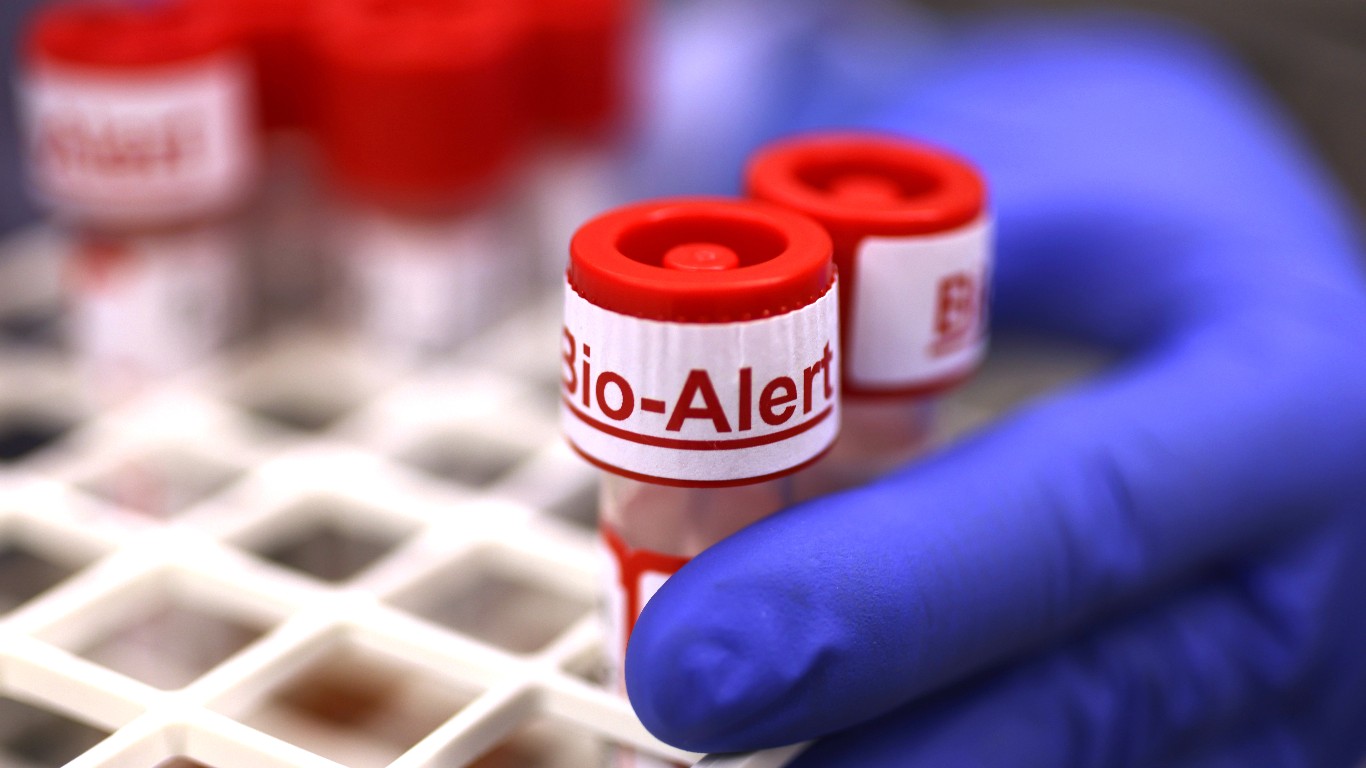 24/7 Wall St.
24/7 Wall St.

